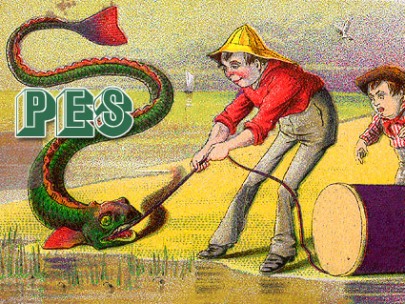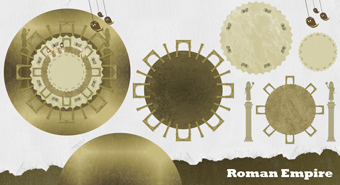As a final project for the term, each student will plan and develop a DVD package that captures selected work from the term.
This assignment consists of a packaged submission of class work from P1, P2 or personal work accessed through a DVD menu
Objectives
- To use design knowledge and techniques for presentation of time-based projects
- To structure and assemble media for effective user experiences
- To produce a creative portfolio package for promotional purposes
- To learn the basics of DVD authoring using DVD Studio Pro
Specifications
DVD with a menu for selection of video work, DVD label and jewel box to include:
- A 10-second opening title sequence with the basic information of the course:
- YSDN 3009 Time-based Communication, Winter 2007, Title (eg. Counting Leader)
- After the 10-second opening, followed by a DVD menu with links to the work from assignment #1 or #2 plus the credit link. The menu will contain sub-menus to link all work in an effective interactive structure
- Credit link should contains following information:
- Creator’s name
- Course/section
- Project title
- Instructor’s name
- York/Sheridan Joint Program in Design
- Acknowledgments
- Yourname©2008
Final Deliverable
DVD disc for NTSC video output in a designed package
Due Date
Monday April 7 by 12noon
Filed under: Assignments

